Infectious mononucleosis is an acute viral disease. The Epstein-Barr Virus causes it. Mononucleosis most commonly affects children and adolescents, but adults can also contract EBV. Usually, the infection occurs in childhood and passes asymptomatically. If the condition occurs during adolescence, infectious mononucleosis can develop.
The U.S. Center for Infectious Diseases reports that about 95% of the population![]() is infected with EBV by age 40. You can get the Epstein-Barr virus through contact with an infected person, specifically saliva. It can be brought about by coughing, sneezing, or talking to an infected person near you. It is also colloquially referred to as the kissing disease.
is infected with EBV by age 40. You can get the Epstein-Barr virus through contact with an infected person, specifically saliva. It can be brought about by coughing, sneezing, or talking to an infected person near you. It is also colloquially referred to as the kissing disease.
The Epstein-Barr virus causes various changes in the human body. It contributes mainly to the lymphoproliferative process. It is related to the production of white blood cells, which affects the proper functioning of the immune system. Therefore, knowledge of the typical mononucleosis symptoms is essential. Various diseases can be complications for those infected with mononucleosis. Early recognition and proper disease control allow for avoiding these complications and faster recovery.
Mononucleosis is a disease in which specialists have not noticed the process of seasonality. EBV can be contacted at any time of the year, not only in autumn and winter, when the risk of colds increases. Therefore, it is worth knowing the mononucleosis symptoms![]() . Then you can quickly recognize the disease and implement appropriate treatment.
. Then you can quickly recognize the disease and implement appropriate treatment.

Mononucleosis symptoms:
It takes time for the body to overcome pathogens to cure mononucleosis, usually several weeks. In addition, before the main mononucleosis symptoms appear, there may be symptoms that herald the disease. It includes:
The main mononucleosis symptoms (fatigue, fever, and sore throat) may suggest a more severe cold. That's why it's worth noting any signals that could indicate mononucleosis. A sore throat is much more potent than a common cold. Swallowing or speaking can be very difficult. There may also be white-yellow patches on the throat and on the tongue.
Another signal is enlarged lymph nodes, which indicate an infection. Lymph nodes are located in various places in the human body. On the neck, under the arms, in the groin, mediastinum, and abdominal cavity. When they are enlarged, they can be easily felt. Under the skin, they manifest as a slight thickening; sometimes, their significant enlargement is visible. Most often, the lymph nodes in mononucleosis manifest themselves in the neck.
Various infections can also affect the growth of organs. Enlargement of the spleen usually causes pain on the left side of the abdomen. Where the spleen is located, just below the ribs. It can easily be mistaken for stomach pain. On the other hand, if the liver is enlarged, the doctor can feel it by touch when examining by tapping the abdomen.
Another vital sign of mononucleosis is a rash, which can appear blotchy or papular and most often appears around the extremities and trunk. It is best to seek medical advice to distinguish a cold or different infection from mononucleosis correctly.
A patient interview and the necessary tests are needed at the doctor's office to diagnose mononucleosis correctly. Most often, mononucleosis is diagnosed with a standard blood test. A characteristic of this disease is the presence of mononuclear in the blood. The test also detects heterophilic antibodies produced by the body in response to Epstein-Barr virus infection.
The doctor may also order an additional test. For example, a strep test. Other tests are ordered to determine whether symptoms are caused by different infections. The test for mononucleosis is not 100% accurate. Therefore, it is sometimes recommended to repeat the test. However, if the test does not indicate EBV after a week, it may indicate a different type of infection. The patient may be infected with another microorganism causing similar symptoms.
Doctors may recommend various treatments for mononucleosis patients. It may be drug or drug-free treatment. Effective therapy is to consider two things: antivirals and taking care of the immune system. For mononucleosis, doctors may prescribe drugs containing corticosteroids![]() . For severe pharyngitis and swollen tonsils, they may be recommended. Also, acyclovir
. For severe pharyngitis and swollen tonsils, they may be recommended. Also, acyclovir![]() has often been used to treat mononucleosis symptoms. This type of drug, given in time, can inhibit the excretion of the virus into the mouth and throat.
has often been used to treat mononucleosis symptoms. This type of drug, given in time, can inhibit the excretion of the virus into the mouth and throat.
In some cases of mononucleosis, antibiotic therapy is required. However, in order not to further weaken the immune system, doctors usually recommend simply resting. The human body can fight off an illness such as mononucleosis, and it is then necessary to take the best possible care to recover quickly.

Drinking plenty of fluids is recommended. You can take painkillers and antipyretics, and it will alleviate the symptoms. Treatment, therefore, is based on relieving symptoms, and physical activity should also be limited. Mononucleosis develops slowly, and it can last up to several weeks. After dealing with the disease, fatigue and weakness may still occur. It is better not to ignore mononucleosis because, if not adequately treated, it can cause dangerous complications.
If not adequately treated, mononucleosis can develop excessively. The EBV virus will then cause unpleasant complications that can be dangerous. Complications of infectious mononucleosis are rare. But they are possible. Everybody should know the risk of mononucleosis. So as not to underestimate the disease.
Mononucleosis can cause many types of inflammation and disease, and they are often associated with diseases of the liver and spleen. Despite the rarity of complications, taking care of yourself and preventive treatments to guard against the risks is advisable.

Examples of complications in the course of mononucleosis:
Rupture of the spleen – it is one of the complications of mononucleosis. During the disease, the spleen becomes enlarged. Rupture can occur due to trauma or excessive hypertrophy of the spleen. The break usually manifests as abdominal pain on the left side under the ribs or pain radiating to the left clavicle and shoulder. A ruptured spleen can cause internal bleeding. Surgery is recommended as treatment options.
Parenchymal liver damage – another complication that requires prompt intervention. Damage to liver parenchymal tissues can seriously affect the entire body's functioning. Liver dysfunction can manifest itself in various ways. Among them are yellowing skin, itching, nausea, vomiting, weakness, and worse mood. Liver damage is treated with medication and surgery, and the treatment depends on the level of damage.
Thrombocytopenia – The disease involves a reduced number of thrombocytes (platelets). Platelets are in charge of proper blood clotting. Bruising may then appear on the body. Bleeding occurs like nose bleeding or urinary tract. There are various methods of treatment; doctors focus on the cause.
Hemolytic anemia – mononucleosis can cause abnormal breakdown of blood cells in the liver and spleen. It manifests itself through various symptoms. Patients usually develop headaches and shortness of breath, and treatment may involve blood transfusions or oral preparations. In severe cases, the spleen may be removed.
Mononucleosis can have similar symptoms to other diseases and infections. Thus, it sometimes happens that blood tests do not show the presence of the EBV virus, and the unpleasant symptoms continue. It would help if you also considered the possibility of different diseases with similar symptoms. It may be another type of viral infection![]() .
.

Mononucleosis symptoms can be similar to:
Cytomegalovirus – it is a prevalent CMV virus. It causes the viral disease cytomegalovirus. It becomes active in immunodeficiency states. It is transmitted only by humans. The infection can occur through contact with a sick person. In some patients, signs similar to mononucleosis symptoms have been observed. Usually, the disease is harmless and has a benign course. But, it can cause dangerous complications for newborns, infants, and immunocompromised people.
Adenovirus – it's also a common type of virus that most often affects children under five years old. Infection can occur due to contact with an infected person or failure to observe hygiene rules. An eye infection is also common when infected with this type of virus. Most diseases caused by adenoviruses have a mild course.
Rubella – is an infectious disease caused by an RNA virus. Rubella belongs to the group of childhood diseases; ways to avoid rubella are immunization. Symptoms are similar due to enlarged lymph nodes and a rash.
Hepatitis A – is widespread worldwide, and infection can occur due to improper hygiene. Not washing your hands before meals can cause the virus to enter the digestive system, and particular vaccines prevent the spread of this type of virus.
Human immunodeficiency virus – HIV causes impaired immunity, and the body cannot effectively fight the infection. People infected with HIV are more susceptible to various diseases, including mononucleosis. It is impossible to cure and get rid of HIV completely. However, some drugs slow down the effects of HIV.
Everyone will succumb to a viral infection at least once, which is inevitable. However, everyone wants to get sick as little as possible. Conditions cause interruptions at work or school; it is a very unpleasant period when we have limited functioning. Infections also put us at risk of dangerous complications. So how can we minimize their occurrence?
Many factors can protect you from viral infections, and prevention is the best way to lead a healthy and disease-free life. Preventive measures are also suitable for people with chronic illnesses—particularly those with a generally lowered immunity. So let's see what positively affects the immune system![]() .
.

A healthy lifestyle is the best way to boost immunity. The immune system must work properly to recognize and remove viruses and pathogens. So take care of your immunity through a healthy diet. Regular and vitamin-rich meals it is essential. Such a diet should include vegetables and fruits, which have a lot of needed components.
Probiotics, which improve intestinal function, are also important. There are a lot of lymphocytes in the intestines. And lymphocytes affect the proper functioning of the immune system. Probiotics can be supplemented or consumed in food, such as yogurt.
What will protect against infections is also physical activity. Regular exercise in healthy air can significantly improve immunity. However, you have to be careful that it is not excessive exercise, which can even weaken the body. Walking at least 30 minutes a day is recommended.
Another essential factor is hygiene. Be sure to wash your hands frequently, especially before meals. Also worth considering are disinfectant liquids and Antibacterial gels will come in handy when you can't wash your hands and come in handy on trips.
Stress, especially chronic stress, can very much lower immunity, producing cortisol, a hormone that causes much damage to the human body. Therefore, it is essential to take care of relaxation. If you are exposed to stress, you can bring relaxation exercises such as yoga or meditation into the habit.
Adequate sleep is also advisable, which we often need to remember. During sleep, the body has time to regenerate and gives us energy for the day ahead. Therefore, it is not worth not getting enough sleep, as a tired body is more prone to various infections. In general, about 8 hours of sleep is recommended.
Also, limit the consumption of stimulants that weaken the immune system. Alcohol is such a stimulant, and caffeine should also be watched out.
The EBV virus causes mononucleosis, a disease that most often affects children. Children can pass mononucleosis asymptomatically and mildly. However, contracting mononucleosis at a later age, such as adolescents or adults, can cause more intense mononucleosis symptoms. Patients usually suffer from severe sore throats. Fever and fatigue also appear. Enlarged lymph nodes are also a characteristic symptom. A rash similar to a Rubella islet may appear.
The human body can fight off the mononucleosis virus. However, sometimes pharmacological support is needed. In a few cases, mononucleosis can cause complications. It happens rarely, but it is worth remembering that mononucleosis can adversely affect the functioning of the liver, spleen, or blood course.
Mononucleosis can be detected with a blood test. When the test does not confirm mononucleosis and symptoms persist, it is necessary to test for different diseases. Mononucleosis symptoms can be similar to symptoms of other diseases. A healthy lifestyle positively affects treatment and protects against viral infections.
Table of Contents
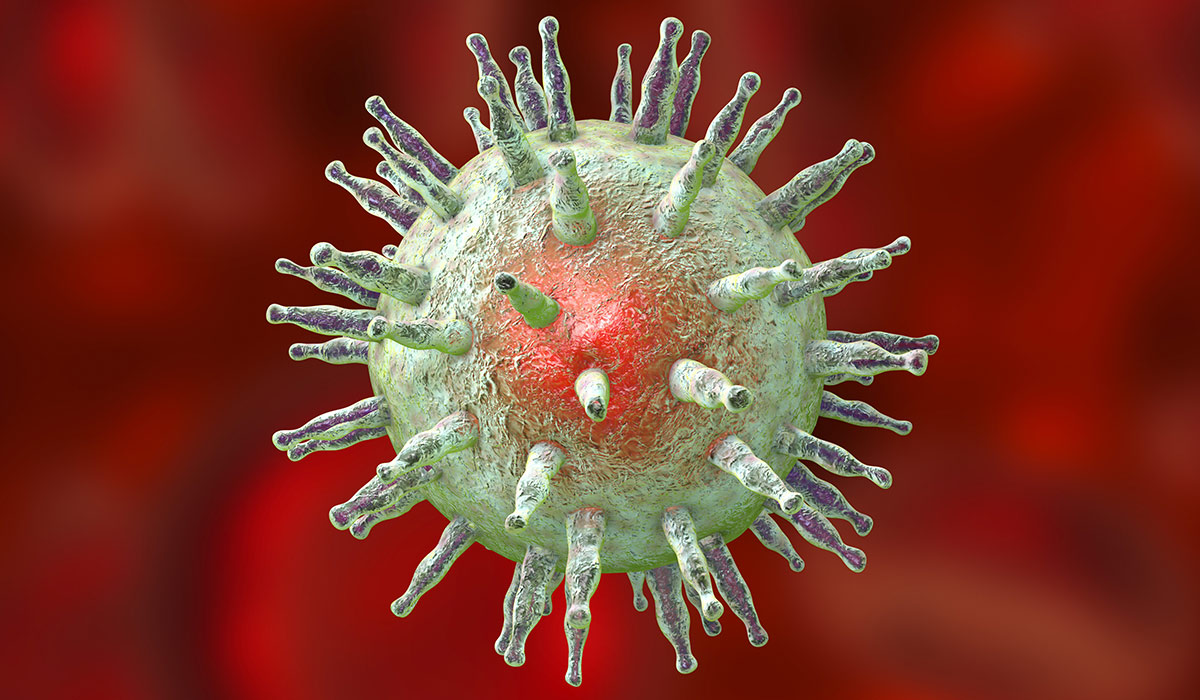
Epstein Barr Virus is a pathogen that causes infectious mononucleosis and many other diseases. Learn about the risks associated with… read more »
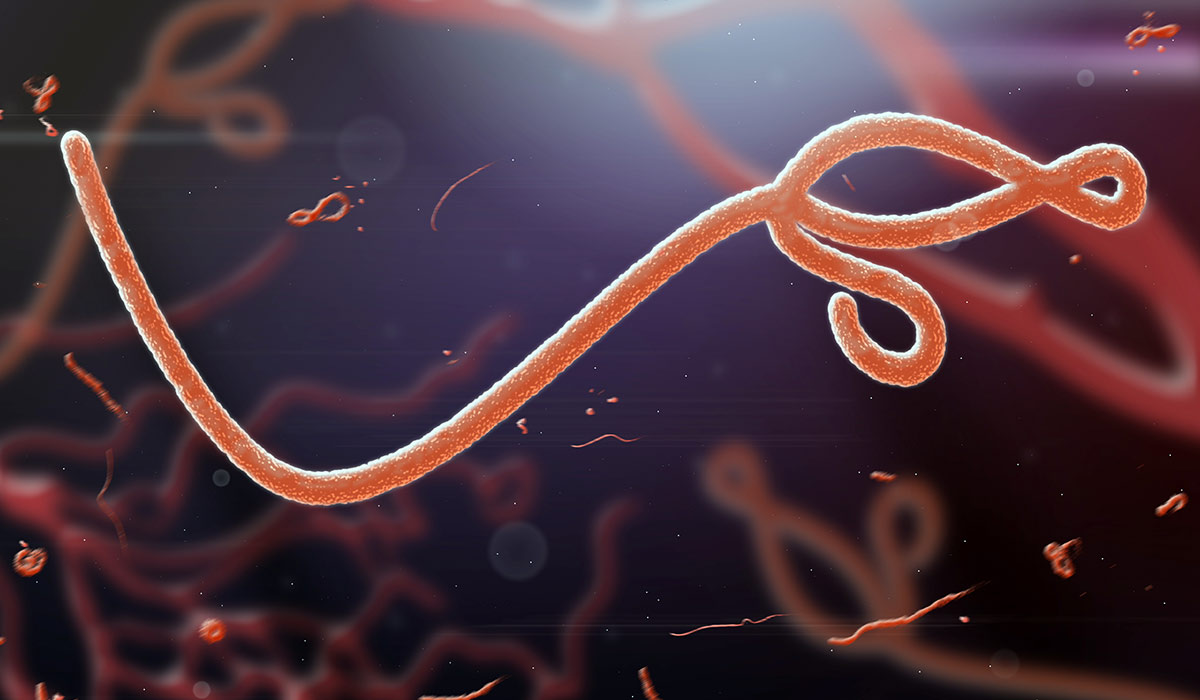
The Ebola virus continues to pose a threat to those living in Africa. Learn about the risks associated with Ebola… read more »
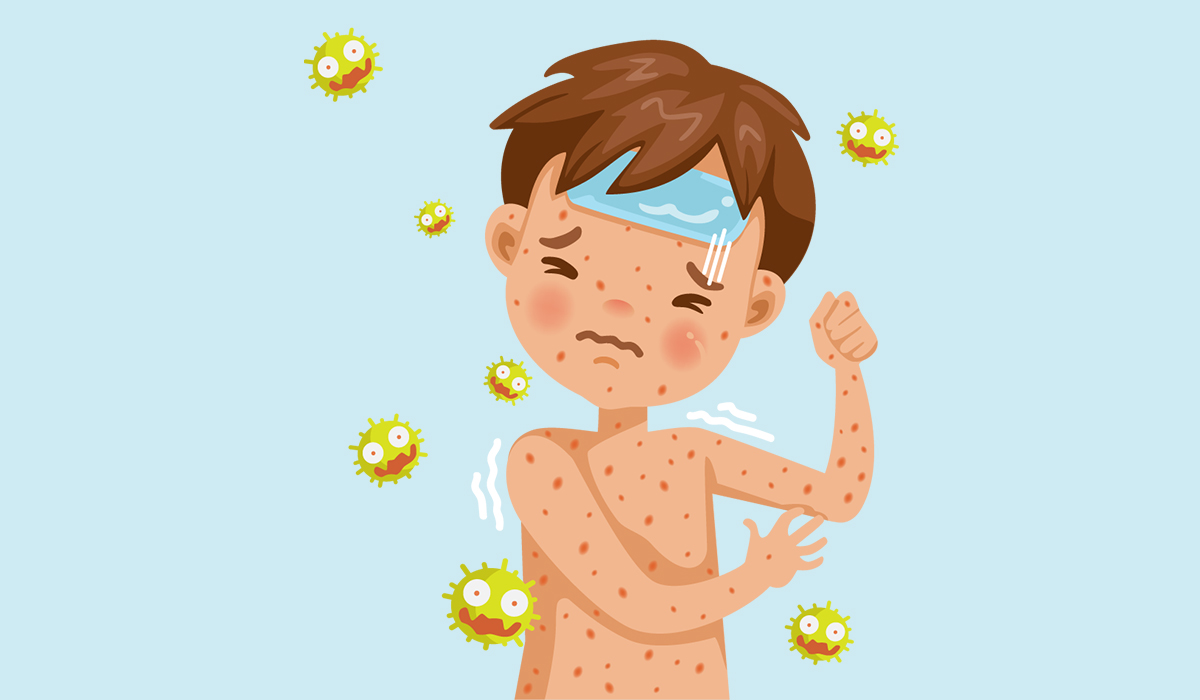
Rubella is an infectious disease caused by a specific type of virus. It is most commonly diagnosed in children. Find… read more »

Herpes is a viral infectious disease that most often affects the lip area. Herpes virus infections are common. What does… read more »
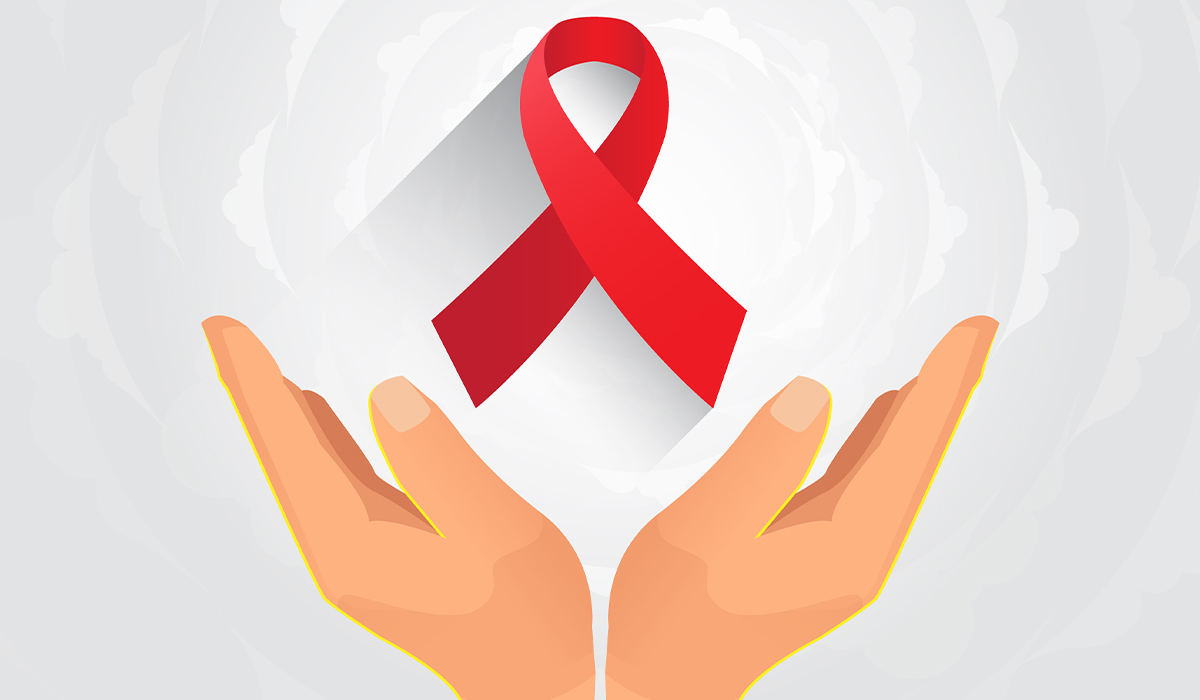
AIDS is a disease caused by HIV. This virus attacks the cells of the human's immune system, making them unable… read more »
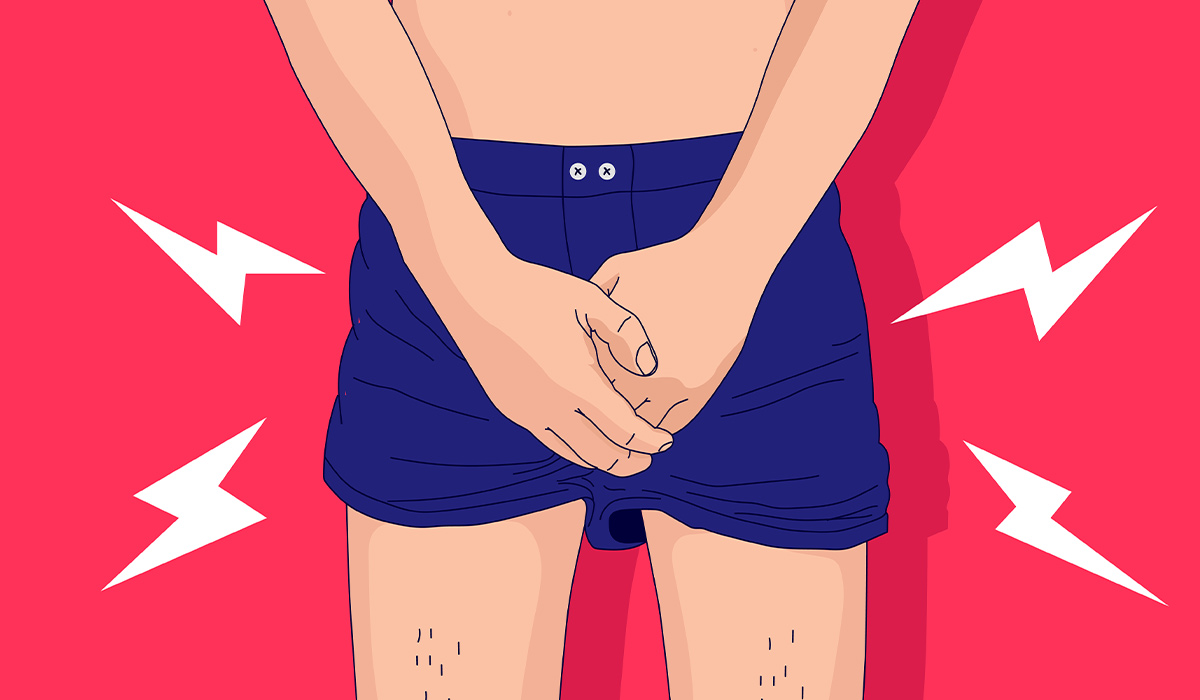
Genital herpes is a disease caused by the HSV herpes virus. What symptoms does it give? Check what treatment and… read more »
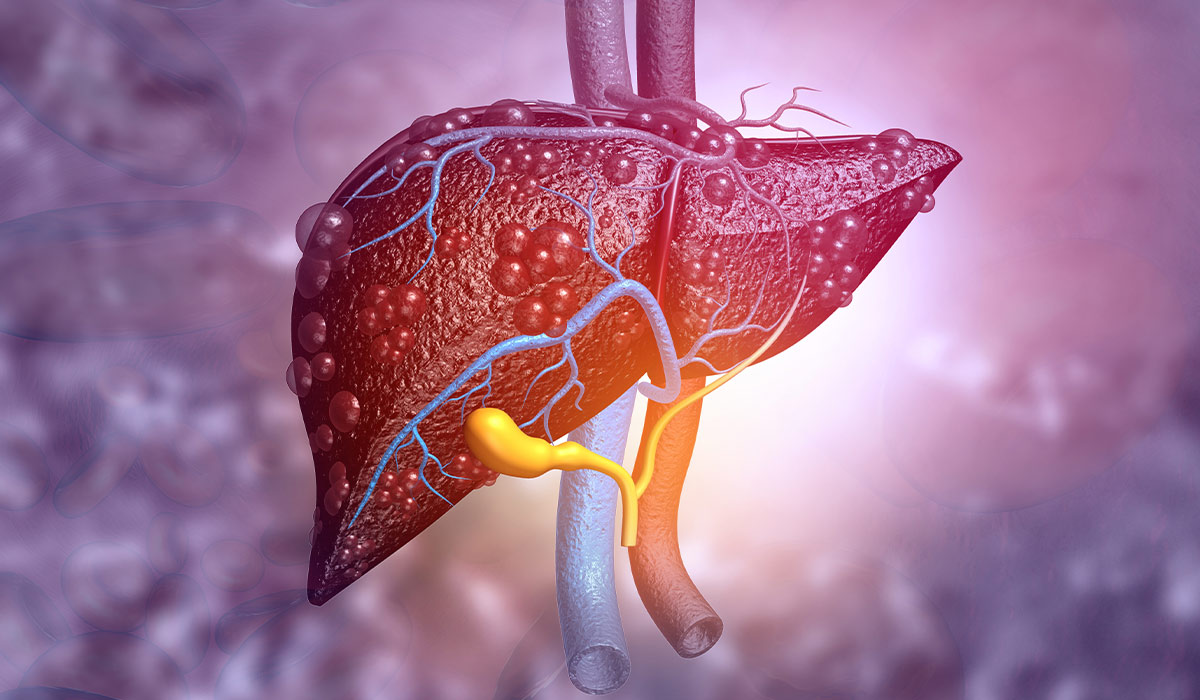
Fatty liver is a condition in which fat builds up inside the liver. It usually doesn't cause symptoms and is… read more »
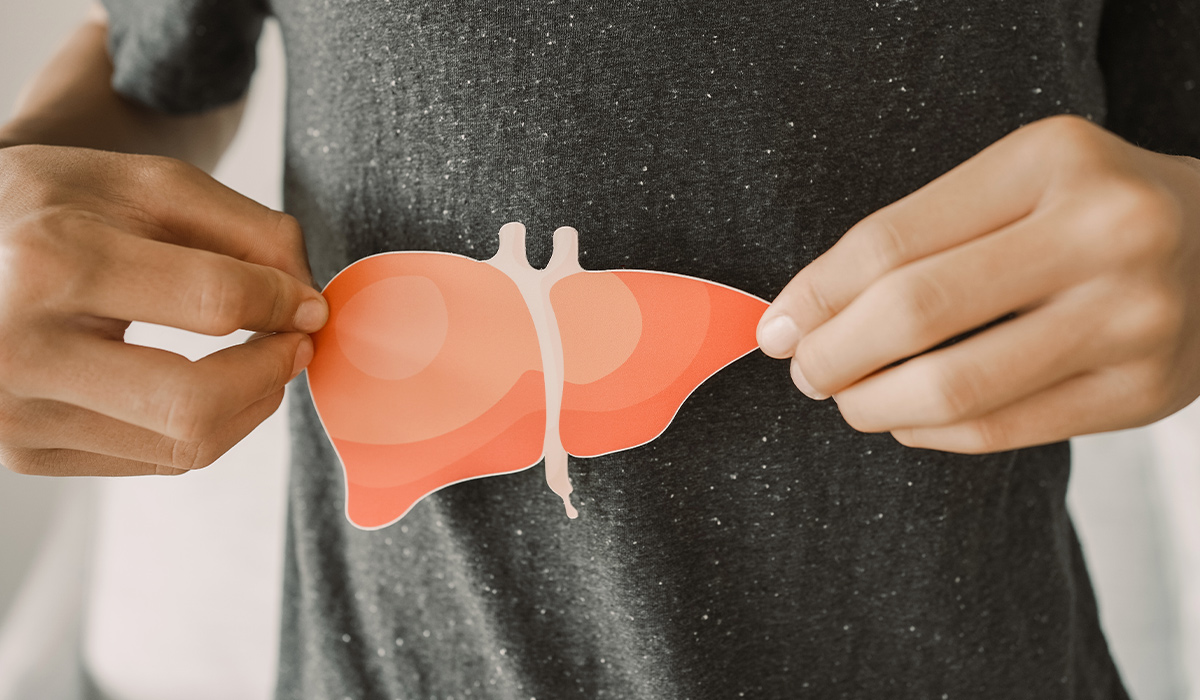
Hepatitis C is an infectious disease caused by the hepatitis C Virus. Left untreated, it can lead to severe consequences.… read more »
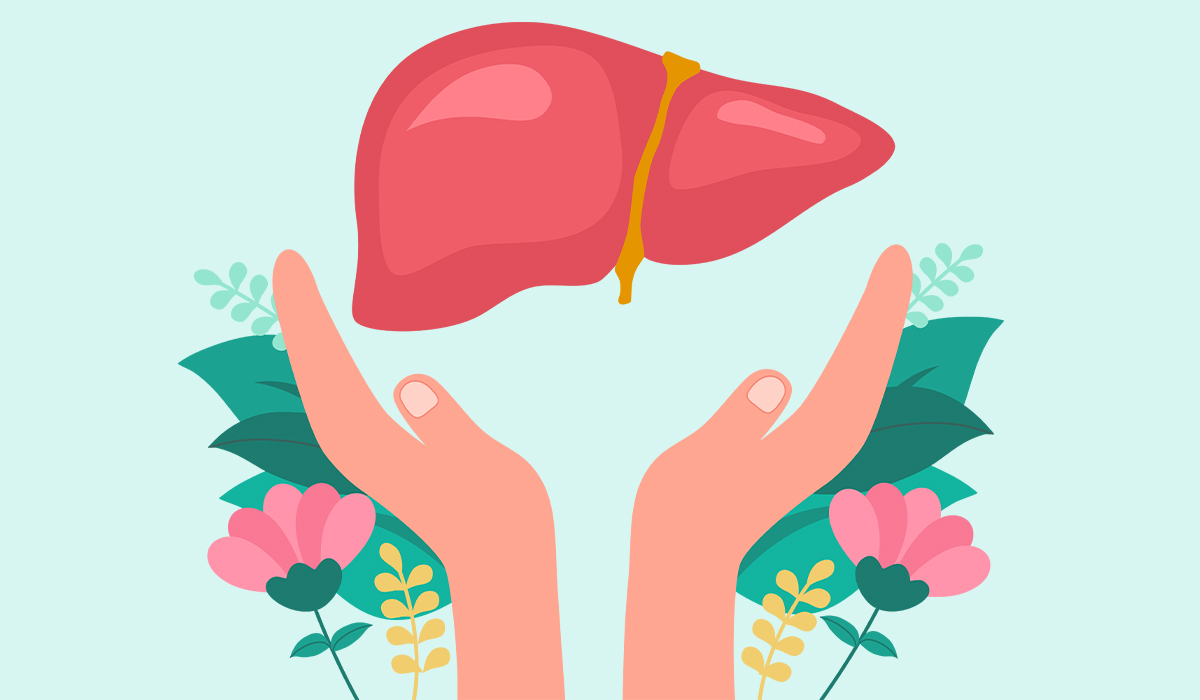
Liver cancer is a tumor that is found in the liver. The most common symptoms include jaundice, unexpected weight loss,… read more »